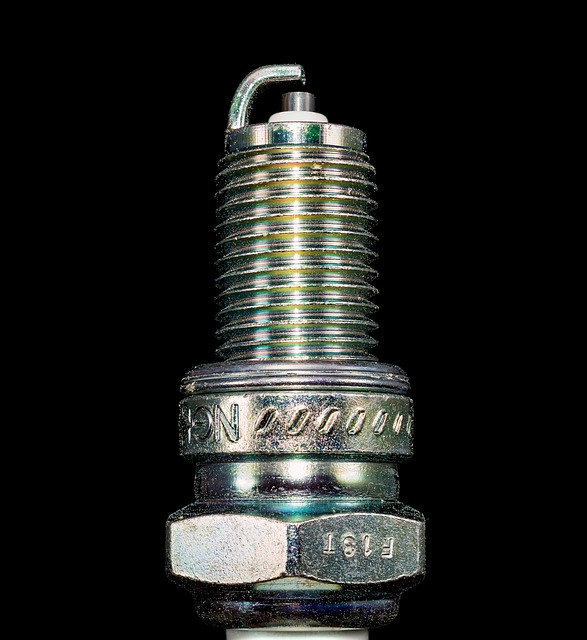Cerium is a chemical element that has an atomic number of 58. Its atomic mass is 140.116 g/mol and it is represented by the symbol Ce. cerium is a silvery-white metal with ductile properties. In the periodic table cerium is the second element in the lanthanide series and it is in period 6. The electronic configuration of Cerium is 1s2 2s2 2p6 3s2 3p6 3d10 4s2 4p6 4d10 5s2 5p6 4f1 5d1 6s2. There are 58 protons, electrons, and 82 neutrons. The Oxidation States of Cerium are +1, +2, +3, +4 and its electronegativity is 1.12 (Pauling scale).
At STP cerium is solid and has a density of 6.770 g/cm3. It melts at a temperature of 1068 K ?(795 °C, ?1463 °F) and has a boiling point of 3716 K ?(3443 °C, ?6229 °F). cerium exists in four allotropic forms at standard pressure. There are four stable naturally occurring isotopes of cerium and 35 radioisotopes.
Cerium was discovered in 1803 by Jöns Jakob Berzelius and Wilhelm Hisinger.and Martin Heinrich Klaproth at the same time independently. Then later it was isolated by Carl Gustaf Mosander in 1838.
Cerium has an abundance of 66 ppm in the Earth's crust. it is the most abundant among lanthanides. The so-called rare-earth metal is not rare at all. Commercially cerium is produced from two minerals, bastnäsite, and monazite.
When was cerium discovered?
Cerium was discovered in 1803 by Martin Heinrich Klaproth, Jöns Jakob Berzelius and Wilhelm Hisinger.
Where is cerium found?
Cerium is found in minerals like monazite and bastnäsite groups. Earth's crust is estimated to have 60 ppm of abundance.
How many valence electrons does cerium have?
Cerium has four valence electrons. These electrons are in 4f1 5d1 6s2 orbitals.




